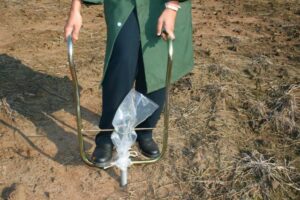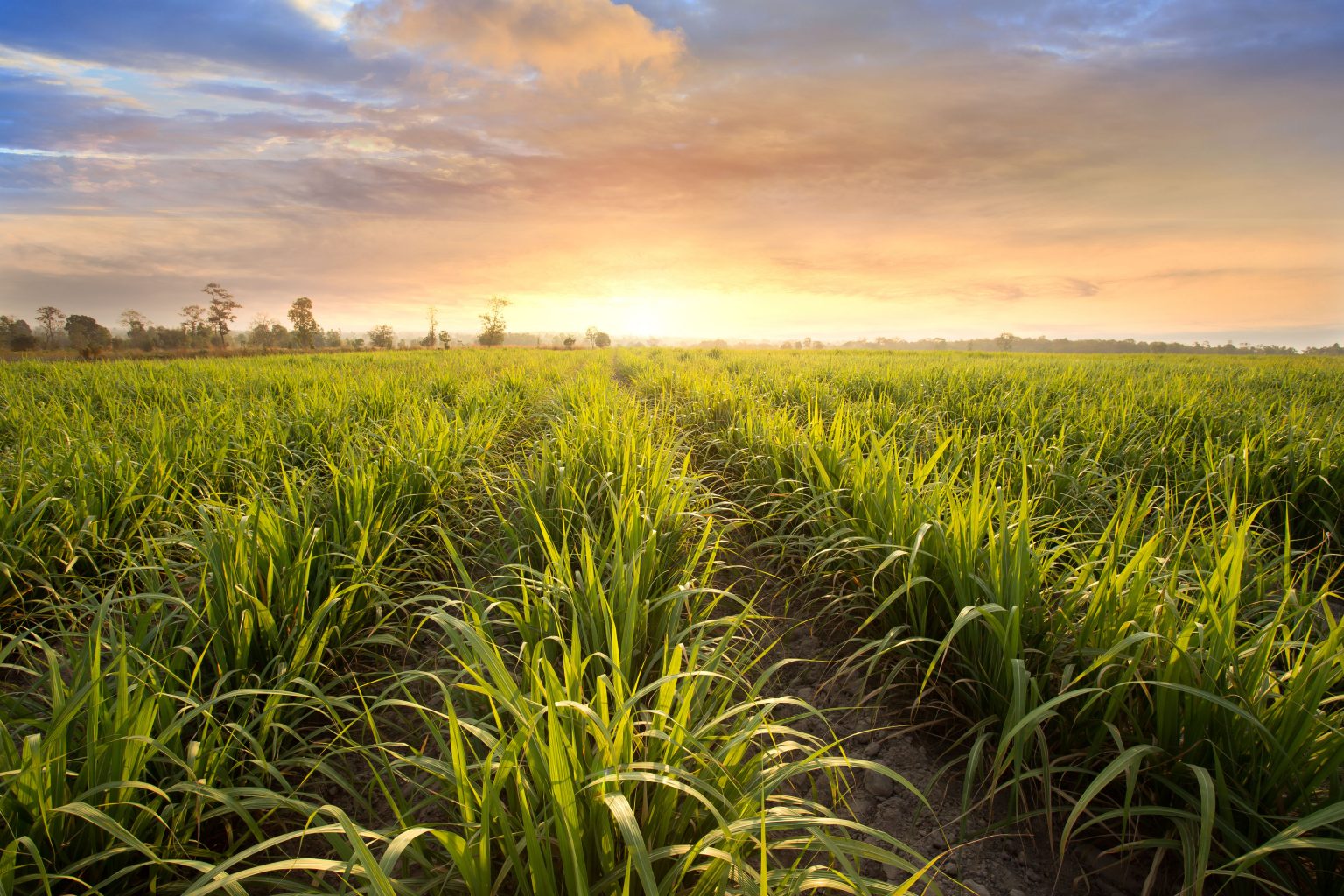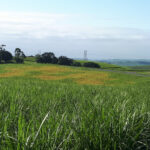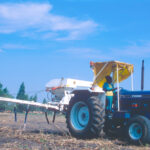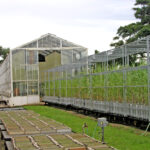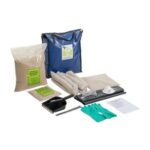Managing pests, diseases and weeds
Yellow sugarcane aphid (YSA) is widespread across the industry right now and populations have been increasing rapidly to damaging levels. Frequent scouting and preventative spraying with registered insecticides is essential to keep the pest in check. Refer to the Thrips and YSA Manual for more detail.
You should be inspecting the oldest carryover fields to see which are worst affected by eldana and other issues and therefore need to be harvested at the start of the season.
Your smut roguing programme of commercial and seedcane fields should continue throughout summer and autumn. Consider the option of chemical roguing with glyphosate as this is a highly effective method to ensure diseased stools are killed.
Keep breaks, verges and waterways well mowed and free of weeds. Consider chemical mowing to save money. Pay special attention to the verges adjacent to the cane to control the encroachment of creeping grasses into cane fields.
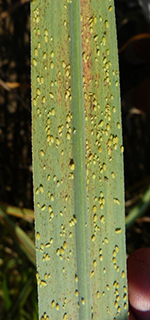

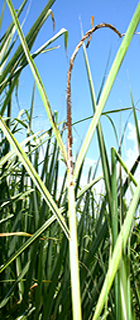
Crop management
Your focus should now be on an accurate estimation of your crop. This has the important implication of determining your income and cash flow for the season, amongst other things. SASRI has crop estimation decision support programmes (DSPs) available on the website: StalkGro and MyCanesim can help to set benchmark yields for fields based on climate and soil. A simpler version of MyCanesim (called MyCanesim Lite) can be accessed here or a mobile-friendly version can be freely downloaded from the Google Play Store or the iStore.
Loadshedding has been a persistent problem, creating an artificial shortage of water in the irrigated areas through interrupted irrigation. Under these conditions, the need for accurate scheduling using one of the many available methods is vital. This will help establish the moisture status of different soils on your farm and where water needs to be prioritised to ensure adequate crop growth.
Autumn planting can be risky especially in the rainfed areas. The possibilities of dry soil or, as in recent years, extremely wet conditions going into winter, can result in germination failure, as occurred last year. If the current dry conditions continue in the rainfed areas, then consider the precaution of planting with water.
Now is the time to evaluate your seedcane requirements for next year so that orders can be placed with co-operators or with the local transplant nursery. Consult your Biosecurity Officer or SASRI Extension Specialist regarding the appropriate varieties for your farm. The SASRI Variety Guide is a very useful tool for comparing varieties.
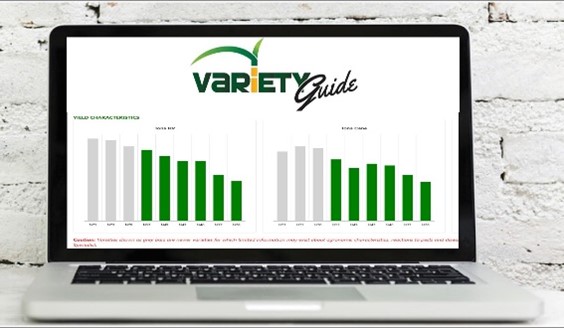
Nutrition
With the heavy summer rains which were experienced across much of the industry it is possible that leaching of nutrients has occurred. It is not too late to take leaf samples to check if this is the case. Speak to your SASRI Extension Specialist for the age and other criteria for sampling. Visit the FAS website to download submission forms.
On farms where old unplanned carryover cane has been mulched, fields should also be leaf sampled to check the nutrient status and fertiliser requirements for the remainder of their growth cycle.
Plan your soil sampling programme for the coming season with the sampling of replant fields as a priority.
It is time to plan your autumn and winter fallow green manure crops. In fields destined for seedcane nurseries the cover crop chosen should be low-growing to enable volunteers to be identified easily.
